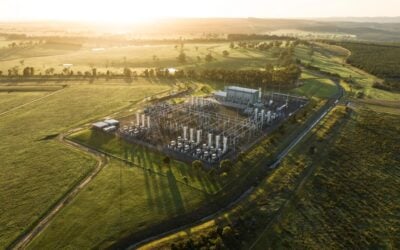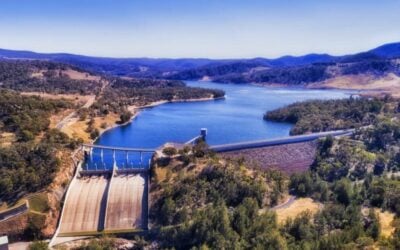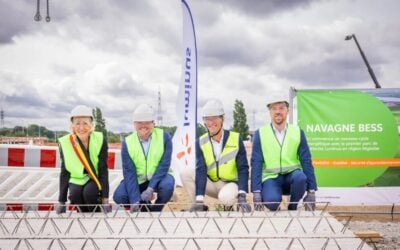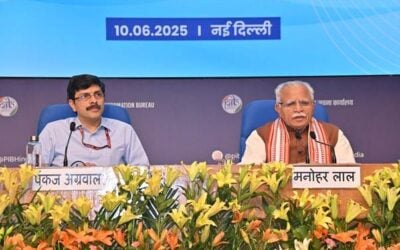The potential for a 400MW/2,500MWh pumped hydro energy storage site is being investigated in Dubai.
The government of the United Arab Emirate has just signed a memorandum of understanding (MoU), via its Electricity and Water Authority (DEWA), with Belgium’s Dredging, Environmental & Marine Engineering Group (DEME) and the GCC Interconnection Authority (GCCIA). The latter is a cross-border electrical interconnection group, responsible for linking the grids of six Middle Eastern countries.
Enjoy 12 months of exclusive analysis
- Regular insight and analysis of the industry’s biggest developments
- In-depth interviews with the industry’s leading figures
- Annual digital subscription to the PV Tech Power journal
- Discounts on Solar Media’s portfolio of events, in-person and virtual
Managing director and CEO of DEWA, HE Saeed Mohammed Al Tayer and GCCIA CEO Ahmed Al Ebrahim signed the MoU with DEME Group area director Bernard Paquot. On hand to observe the signing were dignitaries including Flemish government minister of budget, finance and energy Bart Tommelein, Belgium’s ambassador to the UAE, and HE Dr. Matar Al Neyadi, undersecretary to the UAE’s energy ministry.
Both economic and environmental feasibility of the pumped hydro plant will be looked into, with no potential location disclosed as yet, besides that it would be on the Arabian Gulf. The agreement was signed this week at the World Future Energy Summit in Abu Dhabi.
The news follows the award of a consultancy contract to an arm of EDF for a 250MW pumped hydro project under development at Hatta Dam in the Hajar Mountains of the United Arab Emirates, a contract that was awarded by DEWA. For the Hatta Dam project, just one reservoir of water will be built high up in a mountain.
“What characterises this innovative project is that only one reservoir will be constructed. Water will be pumped from the Arabian Gulf using solar-powered turbines,” DEWA’s Saeed Mohammed Al Tayer said of the Hatta Dam facility.
“Water will be pumped from the Arabian Gulf using solar-powered turbines. When energy demand increases, and production costs are high, turbines operated by the speed of waterfall from the upper reservoir will be used to generate electricity, with an immediate response to energy demand.”
Saeed Mohammed Al Tayer also said that the pumped hydro projects would support the aims of Dubai’s ruler, Sheikh Mohammed bin Rashid Al Maktoum, who is also the prime minister of the UAE, to “diversify energy and shape its future, not only in the region, but globally”.
Under Dubai’s long-term Clean Energy Strategy, the emirate is aiming to source 75% of its total power output from renewable sources by 2050 and to make Dubai a globally-renowned hub for clean energy and the ‘green’ economy.
Much of the world’s legacy energy storage is at pumped hydro sites. Prior to the widespread deployment of lithium batteries from the mid-2010s, pumped hydro accounted for nearly all of the world’s commercially-operating energy storage systems. In built-up regions such as Europe and the US, opportunities to develop large pumped storage sites are becoming rare due to planning restrictions and the general difficulty of building large infrastructure that potentially requires the excavation of large amounts of land. In less urbanised countries, the potential for new sites still remains – a 2017 study found close to 20,000 potential sites in Australia, including through reclamation of closed-down mining operations.






